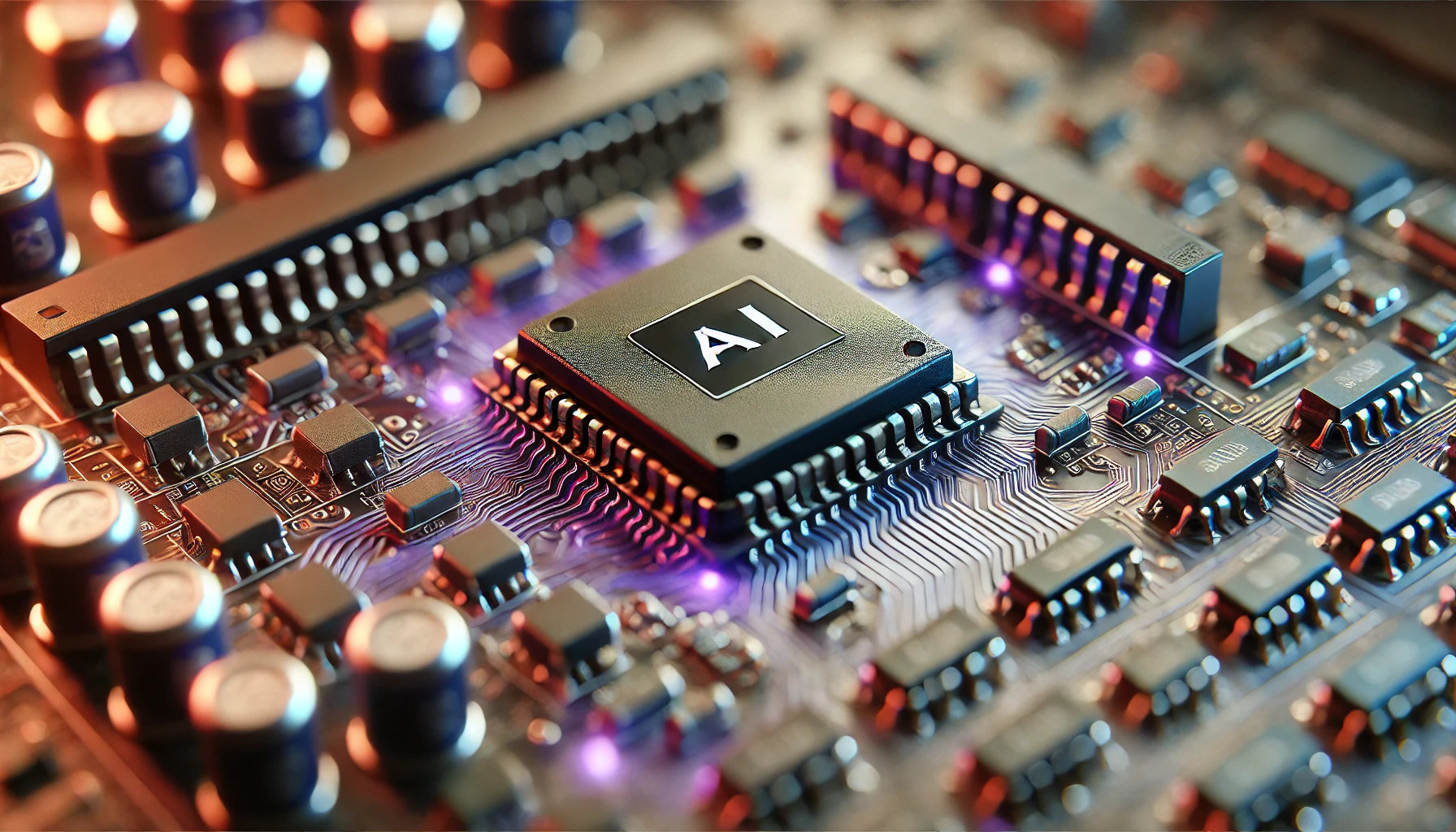What is Reinforcement Learning in Machine Learning?
The machine learning method that most resembles human learning is reinforcement learning. In this article, learn about reinforcement learning, how it differs from other machine learning techniques, and examples of its real-life applications.
What is Reinforcement Learning?
Reinforcement learning (RL) is a type of machine learning that involves learning how to make a sequence of decisions. An agent interacts with the environment, receives feedback through rewards or penalties, and learns to take actions that maximize the cumulative reward. Reinforcement learning is similar to trial-and-error learning, where an agent tries different actions to achieve a particular goal.
Reinforcement Learning Algorithms
Reinforcement learning algorithms can be broadly categorized into model-based and model-free. Model-based algorithms use a model of the environment to make decisions, while model-free algorithms do not use a model and learn directly from the data.
One of the most popular model-free reinforcement learning algorithms is Q-learning. Q-learning is an off-policy algorithm that learns the optimal action-value function for a given state. It uses a table to store the Q-values for each state-action pair and updates them based on the rewards received.
Another popular model-free algorithm is policy gradient. Policy gradient is an on-policy algorithm that directly learns the policy, which is the probability distribution over actions given by a state. It uses gradient ascent to maximize the expected cumulative reward.
Reinforcement Learning vs. Other Machine Learning Techniques
In several ways, reinforcement learning differs from other machine learning techniques, such as supervised and unsupervised learning. In supervised learning, the algorithm is provided with labeled training data and learns to predict the output for new inputs. In unsupervised learning, the algorithm finds patterns and relationships in unlabelled data.
Reinforcement learning, on the other hand, does not rely on labeled data. Instead, it uses a system of rewards and punishments to train the agent to make decisions that lead to the desired outcome. Reinforcement learning also differs from unsupervised learning in that it aims to determine action models that maximize the total cumulative reward of the agent rather than finding similarities and differences between data points.
Choosing between reinforcement learning, supervised learning, and unsupervised learning depends on the nature of the problem you are trying to solve and the type of data you have. Reinforcement learning is the way to go if the problem involves decision-making under dynamic and uncertain conditions. Supervised learning is the best choice if you have labeled data and want to make predictions or classify new data. If no labeled data is available, and the goal is to uncover hidden patterns and structures, you should use unsupervised learning.
Exploration vs. Exploitation in Reinforcement Learning
A key challenge the agent faces in reinforcement learning is balancing “exploration” of unknown parts of the environment with “exploitation” of the agent’s current knowledge to maximize rewards.
Exploration refers to the agent’s ability to try new actions in the environment to learn more about the reward structure. In other words, exploration is gathering further information to improve the agent’s knowledge about the environment. For example, an agent learning to play a game might take random actions to explore the game’s rules and dynamics.
Exploitation refers to the agent’s ability to use current environmental knowledge to maximize rewards. It’s the process of using the information the agent has already gathered to make optimal decisions. In the previous example, an agent who learned which moves lead to the highest scores in the game will exploit this knowledge by making those moves.
The trade-off between exploration and exploitation is a fundamental issue in reinforcement learning. If the agent only focuses on exploitation, it might miss new opportunities to learn and improve its knowledge. Conversely, if the agent only focuses on exploration, it might not achieve the optimal performance that it could if it exploited its current knowledge. Therefore, the challenge is to find the right balance between exploration and exploitation to achieve the best overall performance.
Practical Applications of Reinforcement Learning
Reinforcement learning has opened up new avenues for practical applications in various industries. One of the most prominent application areas is robotics, where reinforcement learning has provided a framework and set of tools for robots to execute complex behaviors. For example, robots in manufacturing plants can learn to optimize their movements to maximize efficiency and reduce errors. Additionally, robots in healthcare settings can learn to assist patients in performing daily tasks and improve the quality of care.
Another significant application of reinforcement learning is in autonomous vehicles. Reinforcement algorithms are at the heart of most autonomous vehicles, including cars, trucks, ships, and drones. These algorithms enable vehicles to make informed decisions based on the environment and the actions of other cars, pedestrians, and objects in their surroundings. As a result, autonomous vehicles can operate more safely and efficiently, potentially reducing the number of accidents on roads and highways.
Reinforcement learning has also been successfully applied in game playing. AlphaGo, a machine learning program, has defeated one of the top human Go players in the world. Since then, many games have used reinforcement learning to improve gameplay and create more engaging player experiences. Reinforcement learning has been used in video games, where characters can learn from their actions and adapt to different scenarios based on the rewards and punishments they receive.
Reinforcement learning is a promising technique that offers unique advantages for machine learning applications. By training machines to make decisions based on rewards and punishments, reinforcement learning can help automate complex processes and improve overall efficiency in various industries. Try Comet in your next reinforcement learning-based machine learning project to drive your business goals faster.


